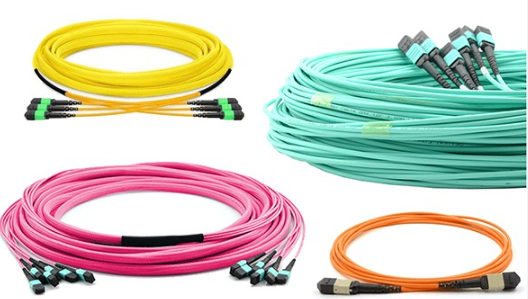Câble de fibre optique Oufu Co.,Ltd
Adresse: Shenyang, Liaoning, Chine
Personne à contacter: Manager Zhang
Téléphone: 400-964-1314
Téléphone portable: 86 13904053308
【WhatsApp & & & wechat】
2024-04-25 4926
Différences entre les connecteurs de fibre optique et les émetteurs-récepteurs de fibre optique
Fiber optic connectors and fiber optic transceivers play distinct roles in fiber optic communication systems, and their main differences are reflected in several aspects.
Www.adsscable.cn (en)
Firstly, a fiber optic connector is a device used to connect different optical fibers. Its primary function is to link various fibers, enabling the transmission of optical signals between them and achieving high-speed data transmission. Fiber optic connectors accomplish this by precisely mating the two end faces of the fibers, maximizing the coupling of optical energy from the transmitting fiber to the receiving fiber while minimizing the impact on the system caused by the connection. The performance of fiber optic connectors is primarily determined by the physical properties of the fiber, the manufacturing precision of the connector pin, and the assembly and processing accuracy of the connector.Www.adsscable.cn (en)

On the other hand, a fiber optic transceiver is a device that converts electrical signals from twisted-pair cables into optical signals and vice versa. It has a wide range of applications in the field of communications. The primary functions of a fiber optic transceiver include interconnecting switches, connecting switches to computers, interconnecting computers, serving as a transmission relay, converting between single-mode and multi-mode, and performing wavelength division multiplexing transmission. Fiber optic transceivers work by using an optical transmitter and receiver to convert electrical signals into optical signals, transmit them through optical fibers, and then convert the received optical signals back into electrical signals at the receiving end. This bridging function between optical and electrical signals enables high-speed and stable data transmission.

In summary, fiber optic connectors primarily focus on the physical connection between optical fibers, while fiber optic transceivers are responsible for converting optical signals into electrical signals and vice versa. Both components are essential in fiber optic communication systems, jointly ensuring high-speed and stable data transmission.
Www.adsscable.cn (en)